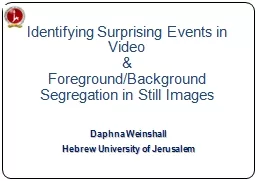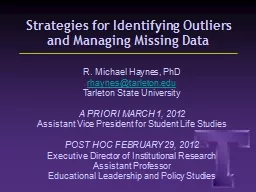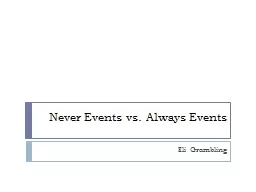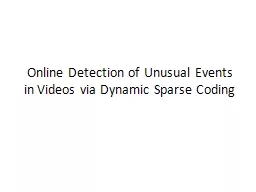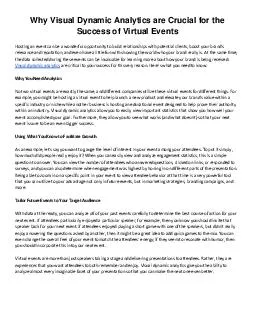PPT-Identifying Surprising Events in Video
Author : luanne-stotts | Published Date : 2016-04-22
amp ForegroundBackground Segregation in Still Images Daphna Weinshall Hebrew University of Jerusalem Lots of data can get us very confused Massive amounts of visual
Presentation Embed Code
Download Presentation
Download Presentation The PPT/PDF document "Identifying Surprising Events in Video" is the property of its rightful owner. Permission is granted to download and print the materials on this website for personal, non-commercial use only, and to display it on your personal computer provided you do not modify the materials and that you retain all copyright notices contained in the materials. By downloading content from our website, you accept the terms of this agreement.
Identifying Surprising Events in Video: Transcript
Download Rules Of Document
"Identifying Surprising Events in Video"The content belongs to its owner. You may download and print it for personal use, without modification, and keep all copyright notices. By downloading, you agree to these terms.
Related Documents

